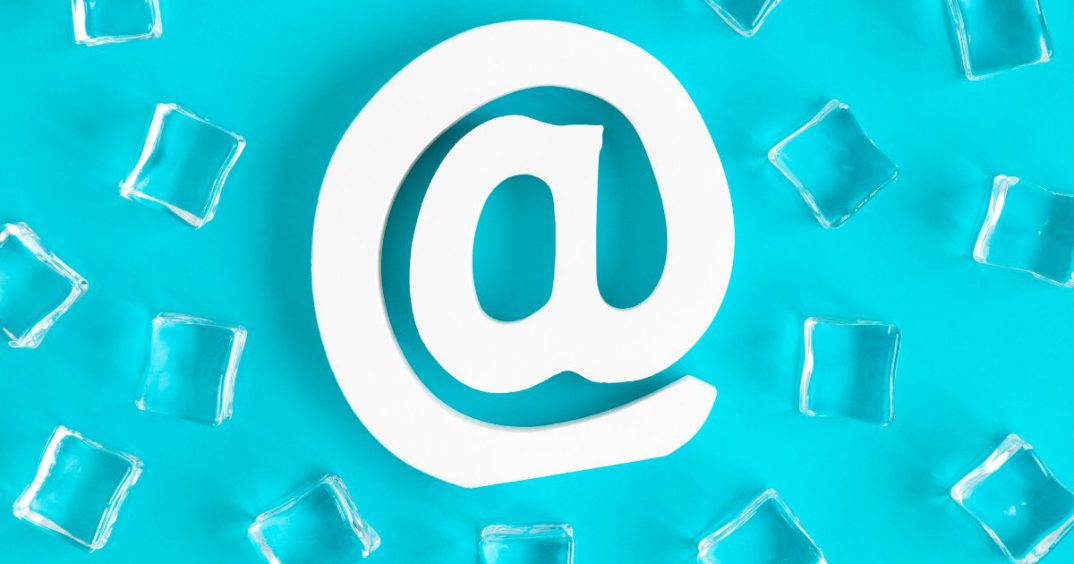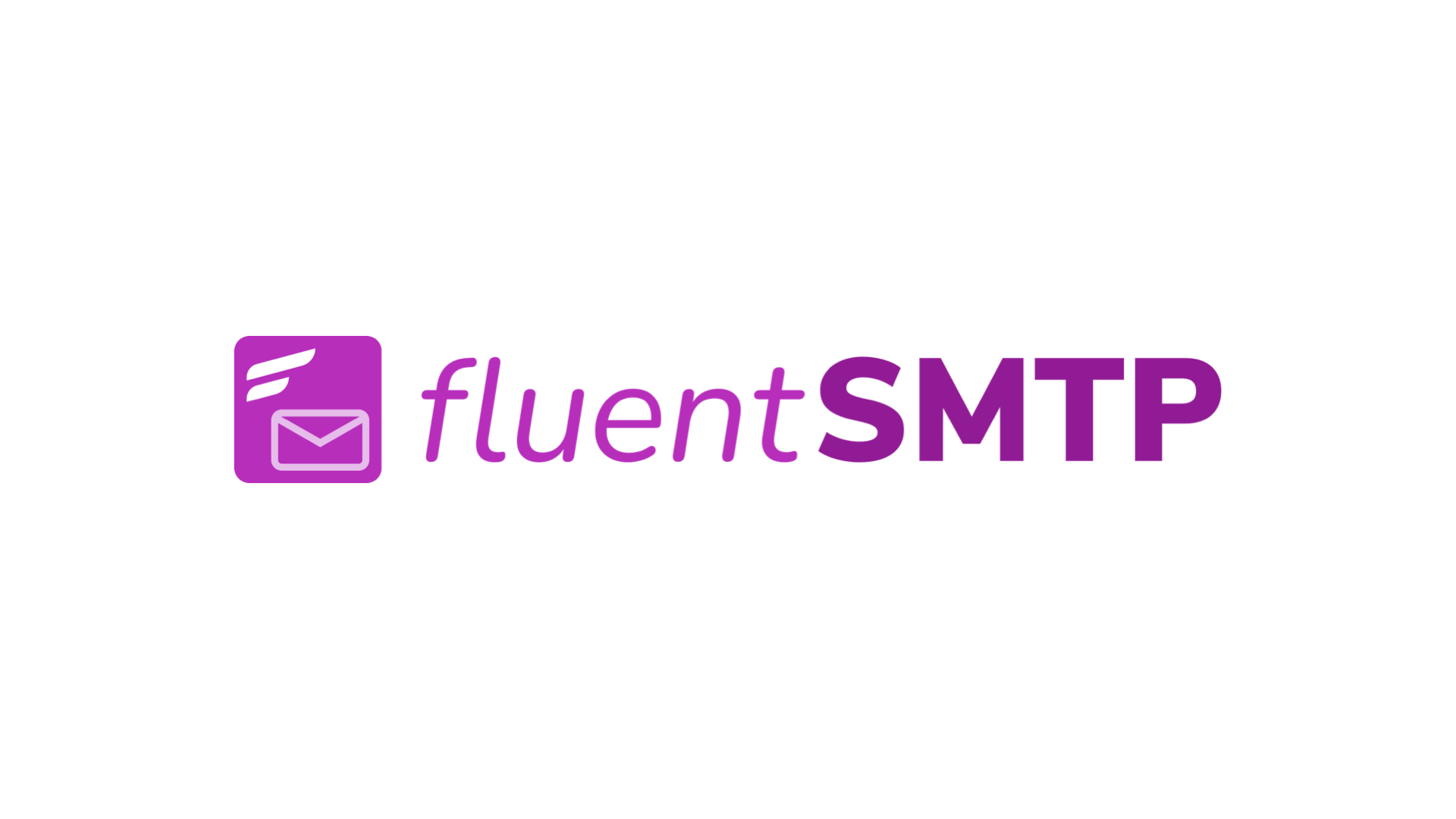Listen
NEW! Listen to article
Sign in or sign up to access this audio feature! No worries … it’s FREE!
Social media may be the dominant channel for personal communication, but for business nothing beats a four-decade-old platform that still demands respect: email.
Over 80% of companies rely on email as an essential part of their marketing strategy, and nearly two-thirds of small businesses use email marketing.
Today we rely on digital communication with clients using branded email, but the explosion of spam—unsolicited messages sent in blast form—has disrupted the end-to-end integrity of instant communication. In the US, around 8 billion spam emails are sent per day, the highest number globally. That unwanted outreach, increasingly from those using email to deceive and breach a company’s security, now requires spam blockers that filter all incoming messages.
What can you do to ensure that your business email doesn’t get diverted? It’s all in the process of “warming up” an email account.
Establishing Credibility
Even if people subscribe to your emails, a sudden barrage can send them to a spam folder.
Think of a waiter at a fine dining restaurant who can either appear at the perfect moments to meet your needs or smother you with constant attention. The same applies to email marketing. When you first begin sending emails, it should start very slowly and gradually increase in order to tell recipients—and their digital gatekeepers—that you’re building a trustworthy relationship.
Warming up a new email account by steadily increasing the volume of mail sent from a new email address helps distinguish your business from spammers for Internet service providers (ISPs) like AT&T, Comcast, and Verizon, and for email services such as Gmail, Outlook, and IOS Mail.
Through that process you can establish a credible reputation, and your emails will reach your customers’ main inbox instead of being sidetracked into a spam or promotions folder.
You should plan to warm up your email if you intend to reach out to multiple clients regularly.
Don’t Get Burned
Because of the proliferation of junk email, it’s a natural response for ISPs and email providers to build safeguards into their platforms. That is especially understandable in this era of phishing and malware threats, when a random email might not be just annoying but potentially dangerous.
By sending a blast of emails to a broad list of inboxes without warming up your email, you run the risk of platforms identifying you as a spammer. That can lead to an unwanted consequence: your email account being burned.
Once an email account has been burned, it’s lumped together with those flagged as bad guys looking to steal information, trick recipients for financial gain, or commit other offenses. That’s why it’s critical at the outset to prepare an email account to avoid this fate.
Taking all the right steps in advance is far easier than fixing it after the fact.
How to Warm Up Your Email
We’ve established the importance of warming up your email—gradually increasing the volume and frequency from a new email sender to ensure that emails avoid being flagged as spam and to establish a positive reputation.
If you’re a new driver, you need to know the rules of the road, specifically the steps to take to keep yourself and others safe. Preserving the safe image of your business email requires a few small yet fundamental steps.
Secure Authentication
How does an ISP or email server evaluate the authenticity of a new sender? The first item on your to-do list needs to be configuring the three main authentication protocols associated with your email account: SPF, DKIM and DMARC.
Here’s what those abbreviations mean:
- SPF (Sender Policy Framework) specifies which servers have been permitted to send emails on behalf of your business.
- DKIM (DomainKeys Identified Mail) adds a branded digital signature to verify a sender’s identity.
- DMARC (Domain-based Message Authentication, Reporting, and Conformance) establishes rules for handling emails that fail SPF or DKIM check.
These settings help your email from being flagged as suspicious, especially if you’re not using one of the dominant email hosting services, which will auto-configure those important settings for you.
The most widely used email services can guide you on how to tailor these settings, which let other servers, ISPs, and email providers know who you are and that your business email is trustworthy. You can also engage a third-party digital expert or a registered agent to help you establish your business identity.
Start Small
Coming out of the gate strong is important for a brand, but with email marketing you need to let your brand image sell that strength.
As for the frequency of your emails, start small. Begin by sending 10-20 emails per day to only your most trusted contacts. The key element is that your recipients actually open your messages, click any attached links, and, if a response is requested, send a reply to you.
Begin with a trickle and steadily build. Every few days, you can double the amount of mail you’re sending until you’ve hit the level you want to send regularly. This approach is at the crux of effectively warming up your email.
Embrace Quality
Especially during this warm-up phase, when you’re looking to make a great first impression on both recipients and their email servers, make sure your content delivers value while carefully crafting the language. (Personalized emails using a recipient’s name are notably more effective at capturing attention.)
Overly promotional or sloppy formatting can be flagged by spam filters. Too many capital letters or emojis, along with misspelled words, punctuation errors, and poor grammar, can be red flags.
Measure and Adjust
Like savvy social media influencers who finely tune their posts and tweets to elicit the biggest response, businesses need to monitor the key metrics of their email marketing: open rates, clickthrough rates, and bounce rates.
There are numerous free online tools to assist in that task, including the latest generation of AI that can help identify effective language and suggest alternatives. Take advantage of those tools when adjusting your email strategy as needed.
To reap the highest open and clickthrough rates, perform regular hygiene on your lists to remove any invalid or inactive addresses.
When ISPs and mail clients see higher rates of engagement, they are more likely to recognize your business as legit.
Be Consistent
While in the beginning it’s advisable to be sparse with your outreach, over time it’s equally important to be consistent.
This point has less to do with appeasing digital gatekeepers—and more with authentically connecting with your audience. Marketing through any medium, whether email or snail mail, is about consistency.
As you grow your subscriber base, sending emails at regular intervals (e.g., weekly) helps recipients feel connected with you and builds trust.
Laying Out the Welcome Mat
Enthusiasm can be the secret sauce in winning over customers and clients, but coming on too strong, too soon can quash a relationship before it’s even established.
Warming up your new business email account can help you get your electronic foot in the door, and that begins with ensuring that emails end up in the right place.
Secure your authentication protocols, start small, send high-quality content, monitor metrics, and be consistent in your outreach over time. Those are some essential steps to being recognized like a welcomed friend.
More Resources on Email Deliverability
What Every Marketer Needs to Know About Email Deliverability
Why B2B Brands Face Unique—and Sometimes Self-Inflicted—Email Deliverability Challenges
How to Manage Email Deliverability: Six Simple Best-Practices
Optimize Email Deliverability With Best-Practice Strategies




